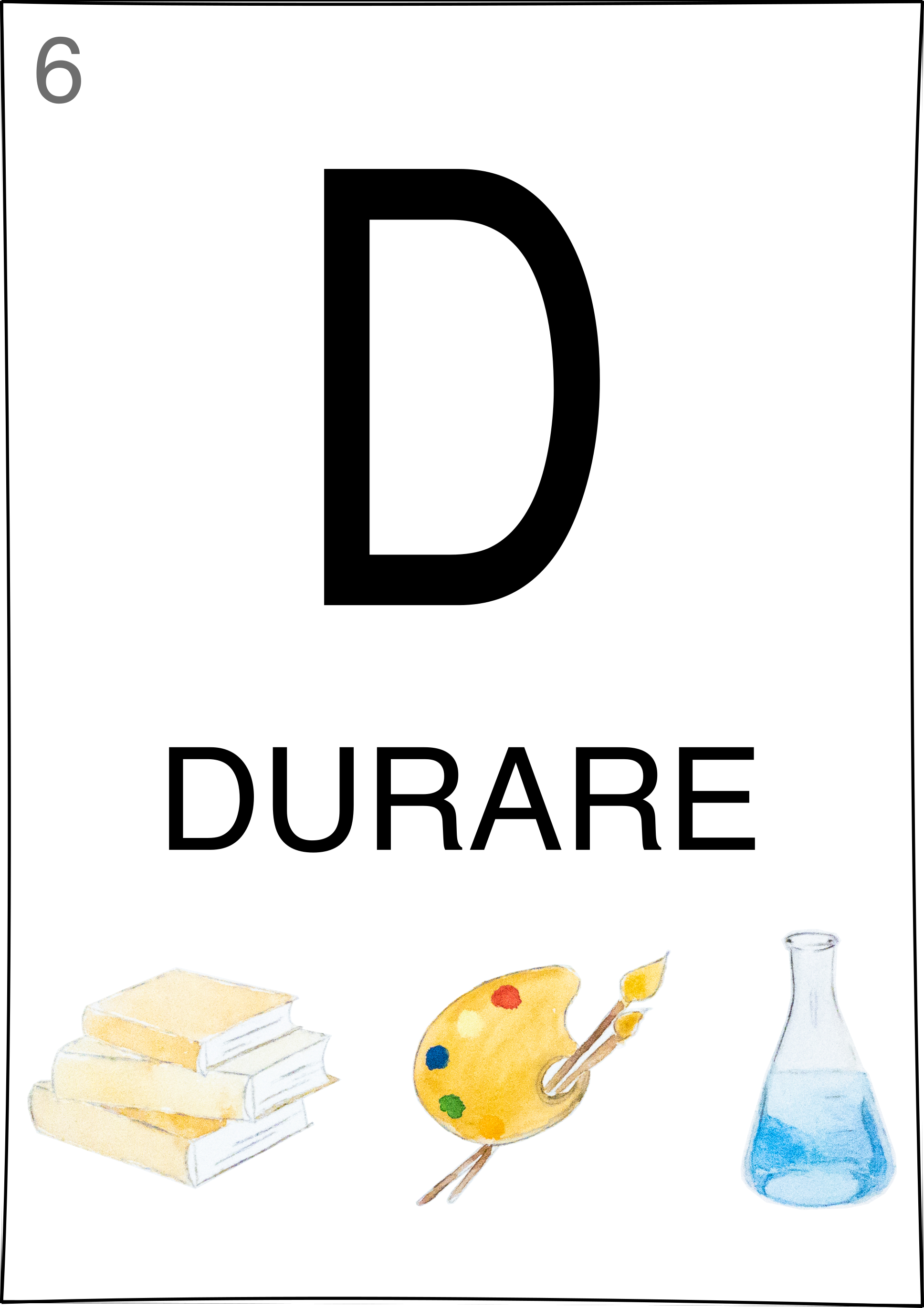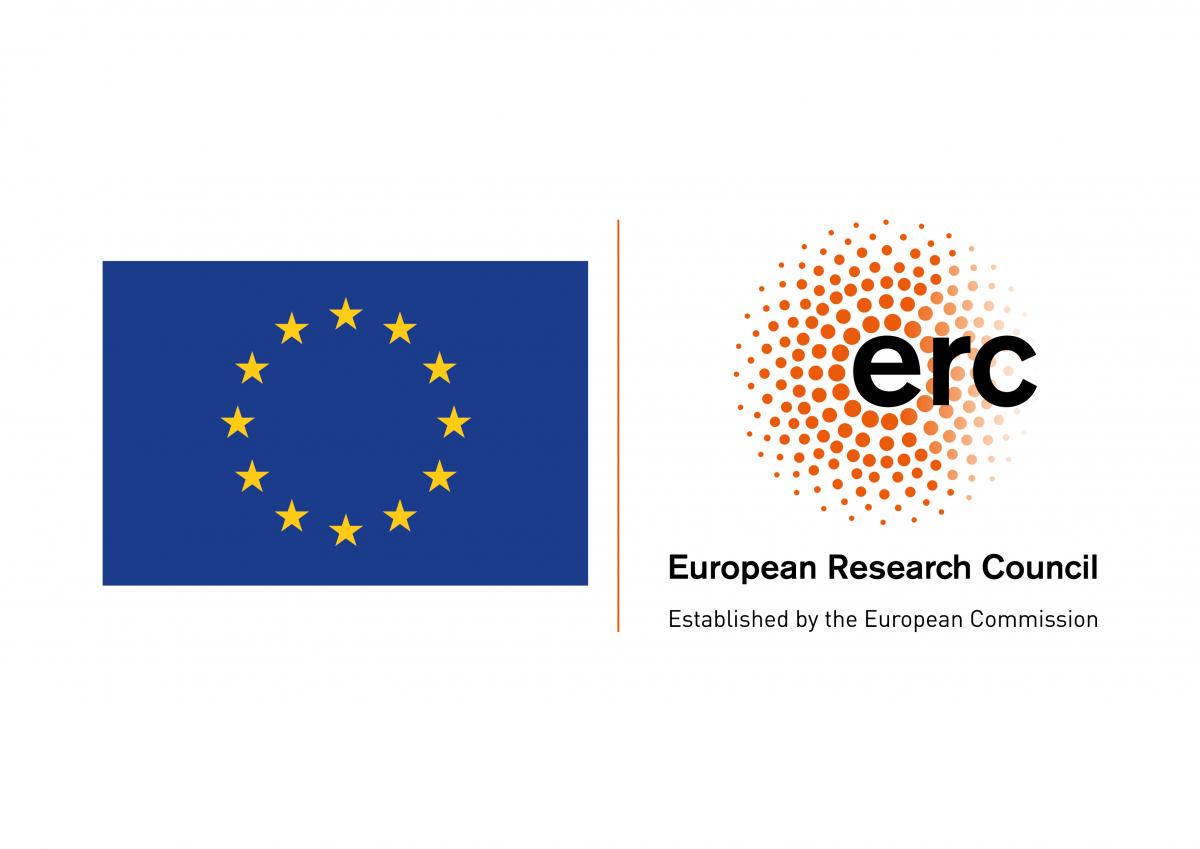Home
Dynamics of the Durable: A History of Making Things Last in the Visual and Decorative Arts
 Our cultural heritage comprises many art objects that are hundreds and sometimes thousands of years old. How did they survive this long? While many factors determine if and how art can be preserved, one has fundamentally impacted its long-term survival: the desire to make and own artefacts that withstand the test of time. Dynamics of the Durable: A History of Making Things Last in the Visual and Decorative Arts (DURARE) is a five-year research project funded by the European Research Council. Led by dr. Marjolijn Bol the project will study the impact of the artisan’s and the patron’s ambitions to craft, own and theorize durable objects on the long-term development of the visual and decorative arts.
Our cultural heritage comprises many art objects that are hundreds and sometimes thousands of years old. How did they survive this long? While many factors determine if and how art can be preserved, one has fundamentally impacted its long-term survival: the desire to make and own artefacts that withstand the test of time. Dynamics of the Durable: A History of Making Things Last in the Visual and Decorative Arts (DURARE) is a five-year research project funded by the European Research Council. Led by dr. Marjolijn Bol the project will study the impact of the artisan’s and the patron’s ambitions to craft, own and theorize durable objects on the long-term development of the visual and decorative arts.
To achieve durability, artisans have worked stone and metal, created dyes and pigments thought never to fade, made surface coatings ensuring the protection of more brittle materials, and transformed soft clay into long-lasting ceramics. Patrons coveted physically stable objects; yet stability does not always ensure durability: culturally fragile gold, for instance, can be melted and re-used. Beyond how the durable was made, DURARE will map the social practices influencing durability. We will also establish how, through artistic and social pursuits for durable art, humans acquired knowledge of the stability and behavior of materials over time, thus impacting knowledge traditions outside art history. And finally, we will elucidate the created practices and institutions facilitating durability, such as cultural heritage conservation and museums.
Studying the history of durability in art requires hands-on experience with the materials and processes used to make and explore permanence. This project therefore uses an innovative methodology, combining historical research into art objects and textual sources with hands-on reconstructions of materials and techniques. DURARE will achieve a fundamental understanding of durability in art by charting:
- Variations and concepts of durability in art and patronage;
- The role of durability in the development of art and craftsmanship;
- The impact of artistic expertise in durable materials on the history of knowledge.
The ERC DURARE project has received funding from the European Research Council (ERC) under the European Union’s Horizon 2020 research and innovation programme (grant agreement no. 852732).



 @erc_durare
@erc_durare